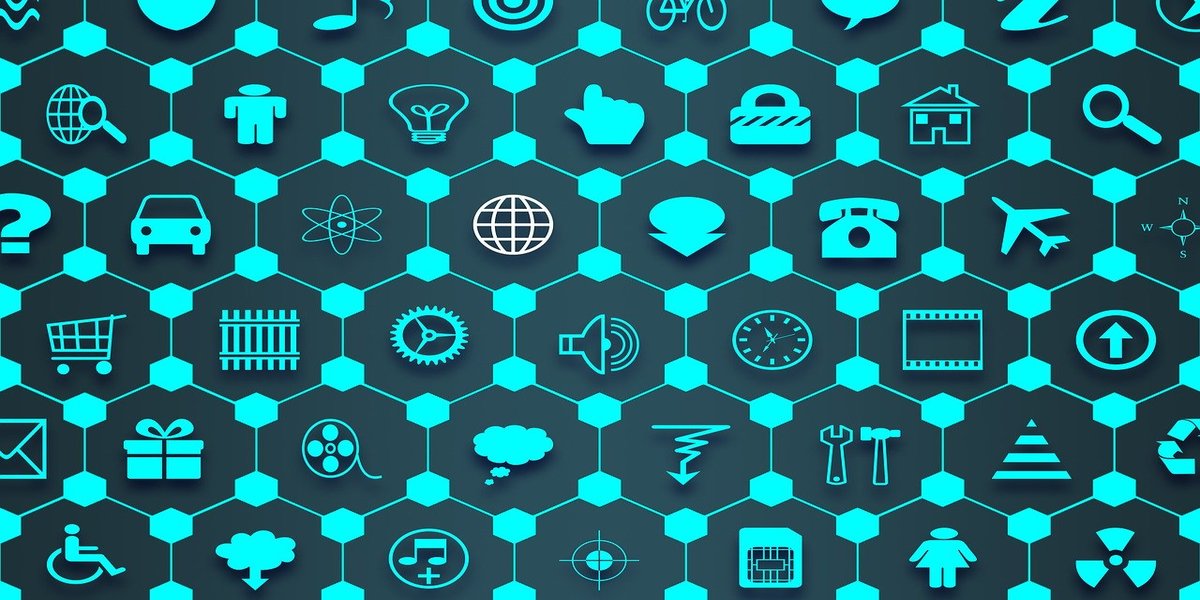
How To Prepare Your Network For IoT App Development And Its Data Challenges?
- By Prashant Gurav
- 01-05-2020
- Internet of Things
Today a number of organizations are designing and developing their IT and network architectures by using IoT technology. The organizations are designing their own IoT network architecture that too by choosing a network structure that is quite different in many ways in comparison to the traditional ones.
IoT networks collect and capture data from physical networks all across the world and translate it into workable infrastructure or network. That still uses many algorithms, programs and AI technology in itself. Many IoT app development companies of the industry rely upon this innovative way to get connected.
A Brief Introduction of IoT Network
In IoT network architecture the data centres are combined through cloud technology. Other network components like core services, connective layers like 4G and 5G, embedded, Ethernet and sensory-based learning, are also connected through the cloud.
IoT Network Layers:
● Collection: The sensors and devices on product side collects and measures collections
● Operational: These are connectors and services that are located in the middle and are responsible for making the calls and creating the gateways
● Distribution: The distribution layer is the third and end layer that is responsible for connecting the rest two layers and deliver data and measurements in a meaningful manner
An IoT network collects and distributes data with the help of these three layers. Now let us discuss the six components of the IoT network:
IoT Network Architecture Components
The network architecture of IoT is divided into several areas as per Tim Zimmerman, a Gartner analyst. He says the first component is the device or sensor itself that can be either an MRI machine in healthcare or any other similar machine connected to the network.
The second component for IoT network is communication. This will include how the device sends and receives data over the network. IoT network communication usually takes place with the help of two types of enterprise network architectures:
1. Wide-area communication
2. Cloud-application or on-premise communication
The third framework component for the network is secure. The security technology implementation is quite essential for devices and platforms. They can be protected from any breach and security threat. The devices can communicate safely and securely through these measures.
The fourth component for IoT network framework is the gateway. The gateways can house the application logic, store data and help in network communication to the devices. As per Patrick Filkins, the primary function of the IoT gateway is to perform protocol conversion.
The fifth component of the IoT framework is that aggregation point where one or multiple products or sites connects, and data gets collected.
The final and sixth component of the IoT network is the application itself. The app is the user-interface. From these applications, the users can monitor and control their cars, smart homes and other devices smartly.
Data Challenges for IoT Network
To use IoT data, it should be appropriately collected in a structured manner. Here are the top three challenges that are usually observed by the organizations:
1. Huge Data Volumes
IDC or International Data Corporation estimates that around 40,000 extra bytes will be created due to IoT devices by next year. The organizations may not be able to handle such a huge amount of data, and it can be a challenging task for them. Large industries will have to collect billions of data sets from sensors, machines and internal business applications.
Data preparation may require 80% of time and resources for data collection, and it can be a time-intensive process for the organizations as organizations may have to take new data challenges. Hence, they need to consider new technologies and methods that can help them in keeping-up with huge and influx data volumes.
2. Complexity
The complex nature of data is also a challenge for the organizations. The organizations not only have to deal with a timestamp and geo-tag data but may also have to combine data from various sources and in multiple forms. Excel-like common data tools can’t handle this complexity, so organizations must know how to tackle such challenges?
3. Interoperability
The computer systems used by the businesses are not able to process such complex and the vast amount of data to pull out information. It is quite challenging to integrate machine-generated data with business mobile app development like Salesforce or Marketo. So, the organizations must have some solutions that may allow data and applications to talk to each other.
Conclusion
The real benefits of IoT technology can only be realized with proper data preparation and strategies. The organizations and iot app development company must equip their teams with the latest data preparation platforms that can handle a complex and huge amount of IoT data. Incorporation of Big Data and IoT can undoubtedly provide intelligent solutions. Even the sensor data can also provide innovative solutions but may have to be collected smartly as well.
Recent blog

Crafting Eye-Catching Instagram Reels In Just 9 Easy Steps
Social Media | 25-04-2024.png)
Boost Sales and Conversions with Shopify's New AI-Powered Semantic Search
E-commerce | 24-04-2024




